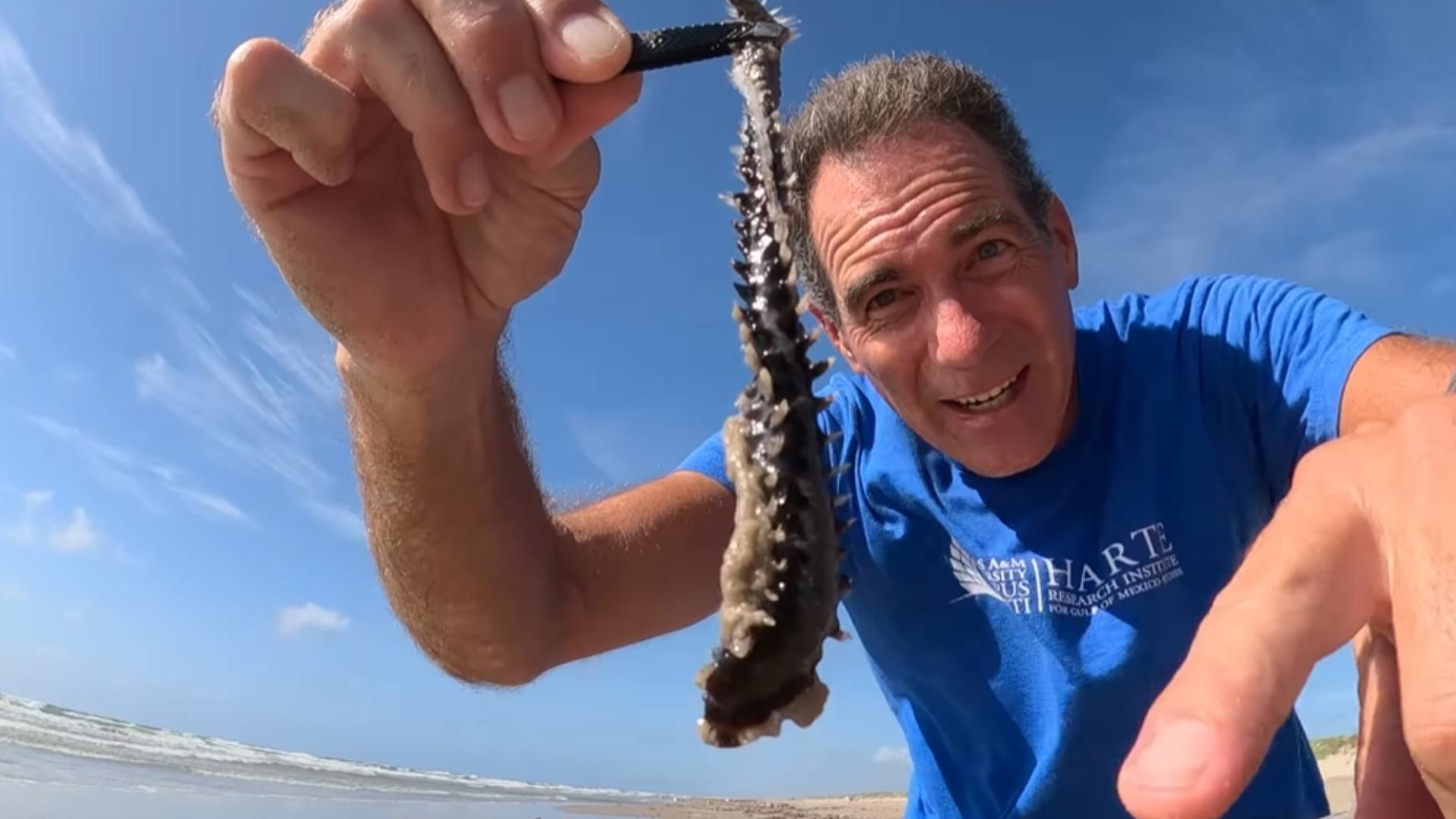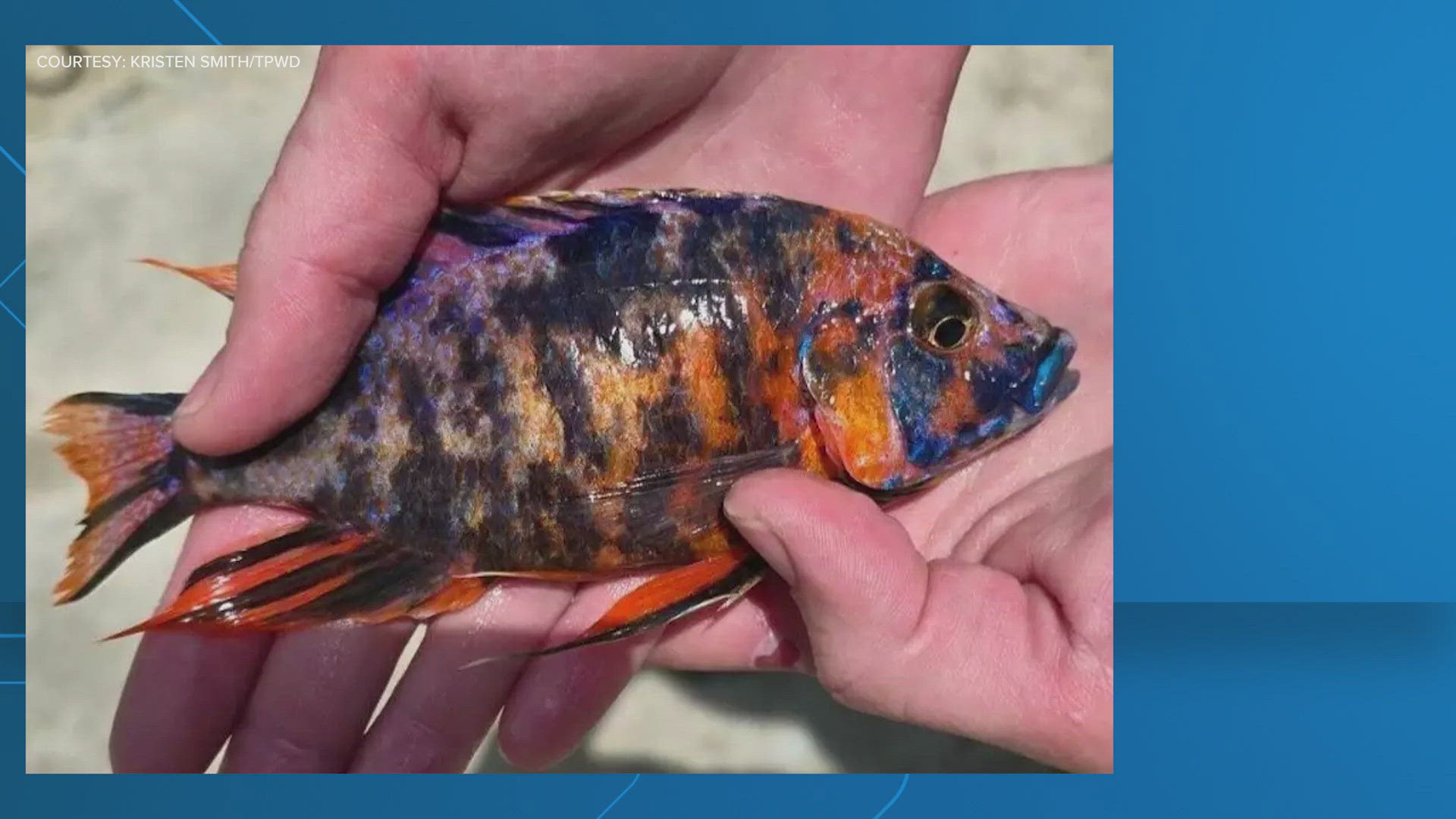CORPUS CHRISTI, Texas — Just when you thought it was safe to go back in the water, there's another creepy crawly, slimy, slippery creature to warn you about that can make your beach trip miserable.
“Your worst nightmares are washing up right now in the form of fireworms!” warns a Facebook post from the Harte Research Institute for Gulf of Mexico Studies at Texas A&M-Corpus Christi.
TAMU-CC researcher Jace Tunnell spotted the fireworm recently attached to a log on Mustang Island. In his weekly YouTube video, he said they're "some of the gnarliest looking creatures in the ocean."
Tunnel said there are 28 types of fireworms found worldwide in the Gulf, Atlantic Ocean, and Meditteranean Sea and their sting packs a punch.
“The reason it’s called a fireworm is because when it stings you it feels like fire," Tunnell said. “If you touch it, it can get stuck in your skin very easily and it causes massive pain for about three hours."
“I’ve seen videos where people have gotten stung before and even a month later, there will still be red marks.”
He said the venom found in the white bristles that sprout when they sense danger can also make you sick.
“The venom, it creates dizziness, you’ll kind of be like, ‘Where am I?'" Tunnell said.
He recommends keeping duct tape handy and using it to pull out the bristle if you get stung. Vinegar and warm water can also help ease the pain of stings from fireworms, jellyfish, or Portuguese Man o' Wars, according to Tunnell.
The one Tunnell found is a cousin of the more common bearded fireworm.
Tunnell said fireworms are made up of 60 to 150 segments, depending on how long it is, and they can survive and even grow if you cut them in half. They like to hide in dark spaces, feed on animal parts and plant matter and they can live up to nine years.
“That’s a pretty long time if you think about it for a worm," Tunnell said.


